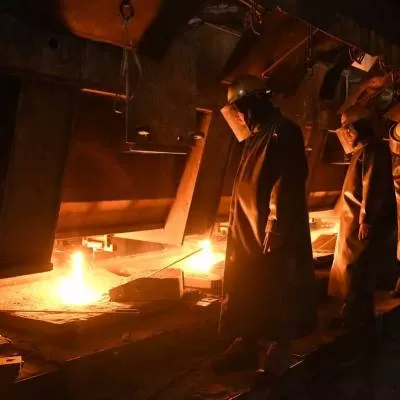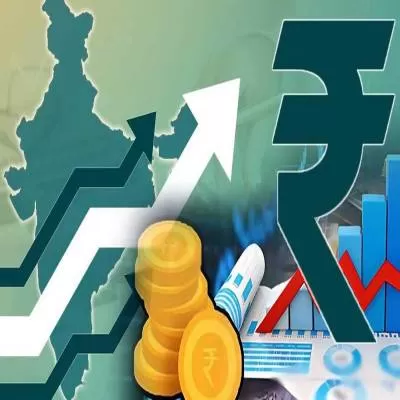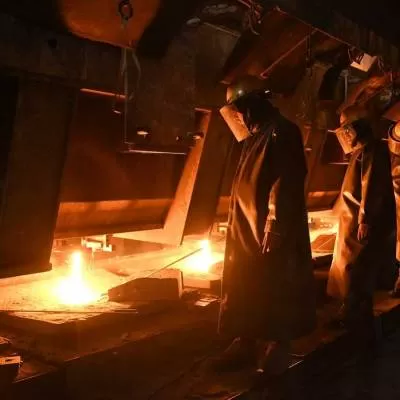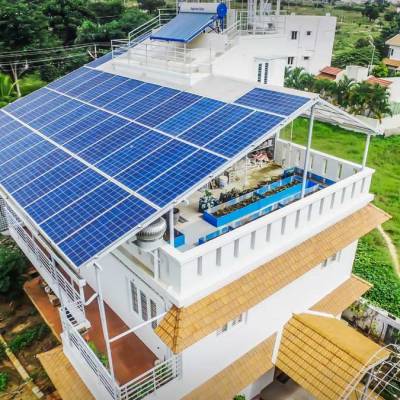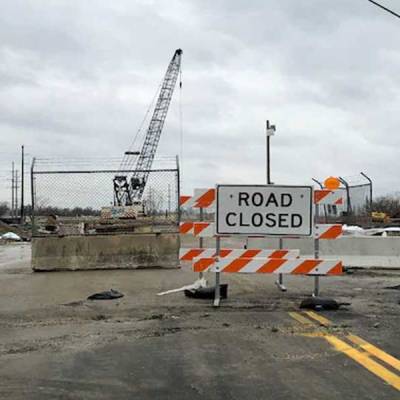- Home
- Infrastructure Urban
- ECONOMY & POLICY
- CRISIL launches a new credit rating system for infra projects

CRISIL launches a new credit rating system for infra projects
CRISIL recently assessed that India’s infrastructure sector needs Rs 43 lakh crore of investments over five years ending March 31, 2020, and that domestic corporate bond market will have to pitch in with at least Rs 11 lakh crore out of this because of capital constraints at public sector banks. CRISIL believes that there is a need for new innovative structures such as infrastructure debt funds, and credit enhancement mechanisms such as partial guarantees, that would enable long-term investors such as insurers and pension funds to pitch in and bridge the funding gap.
As a step towards innovation, CRISIL, in consultation with the Ministry of Finance and other stakeholders, has developed a new credit rating framework for infrastructure projects that would facilitate greater participation by long-term investors and lenders.
The new credit rating system is based on the ‘expected loss’ (EL) methodology. Which means, the rating will be an expert judgment on EL over the life of the debt instrument by taking into account the two pillars of credit risk – the probability of default (PD), and the prospects of recovery.
By also factoring in the prospects of recovery after default, the new system will complement conventional credit ratings that convey opinions on PD. By combining the two pillars of credit risk, the new system provides crucial information to investors that is all the more relevant in the context of infrastructure projects, where debt tenures are way shorter than the economic lives of projects, ramp-up periods are unpredictable, and cash flows are volatile because of risks from counterparty, markets and operations.
Long-term investors and the corporate bond market have shied off infrastructure projects in India because of higher perceived risk and lower credit ratings. This is despite the fact that once such projects stabilise, their credit profiles improve significantly. Empirical evidence also shows the risk of default and loss reduces materially after stabilisation. Additionally, many public private partnership projects have embedded safeguards such as termination payments and contractual protection that limit losses to debt investors. By construct, conventional credit rating methodology does not adequately take into account this feature of infrastructure projects. But the new system does, and focusses on recovery of dues to investors and lenders over the lifecycle of an infrastructure project.
Somasekhar Vemuri, Senior Director, CRISIL Ratings, says, “A rating system based on EL, which takes into account not only the PD, but also the loss given default (LGD), appropriately reflects the unique nature of the infrastructure sector. The new rating scale will provide a valuable input – in addition to the existing rating scale based on the PD approach – to investors for effective pricing of debt instruments, and consequently, investment decisions.”
The ratings will be assigned on a scale from CRISIL INFRA EL1 to CRISIL INFRA EL7, with EL1 having the lowest expected loss and EL7 the highest. It will initially be used to assess completed and operational infrastructure projects. A key point of note is that need for conventional ratings will continue as indicators of default risk, while the new scale provides additional inputs related to recovery over project lifecycle for debt market investors.
Reflects uniqueness of infrastructure projects; to enable better risk-based pricing. CRISIL recently assessed that India’s infrastructure sector needs Rs 43 lakh crore of investments over five years ending March 31, 2020, and that domestic corporate bond market will have to pitch in with at least Rs 11 lakh crore out of this because of capital constraints at public sector banks. CRISIL believes that there is a need for new innovative structures such as infrastructure debt funds, and credit enhancement mechanisms such as partial guarantees, that would enable long-term investors such as insurers and pension funds to pitch in and bridge the funding gap. As a step towards innovation, CRISIL, in consultation with the Ministry of Finance and other stakeholders, has developed a new credit rating framework for infrastructure projects that would facilitate greater participation by long-term investors and lenders. The new credit rating system is based on the ‘expected loss’ (EL) methodology. Which means, the rating will be an expert judgment on EL over the life of the debt instrument by taking into account the two pillars of credit risk – the probability of default (PD), and the prospects of recovery. By also factoring in the prospects of recovery after default, the new system will complement conventional credit ratings that convey opinions on PD. By combining the two pillars of credit risk, the new system provides crucial information to investors that is all the more relevant in the context of infrastructure projects, where debt tenures are way shorter than the economic lives of projects, ramp-up periods are unpredictable, and cash flows are volatile because of risks from counterparty, markets and operations. Long-term investors and the corporate bond market have shied off infrastructure projects in India because of higher perceived risk and lower credit ratings. This is despite the fact that once such projects stabilise, their credit profiles improve significantly. Empirical evidence also shows the risk of default and loss reduces materially after stabilisation. Additionally, many public private partnership projects have embedded safeguards such as termination payments and contractual protection that limit losses to debt investors. By construct, conventional credit rating methodology does not adequately take into account this feature of infrastructure projects. But the new system does, and focusses on recovery of dues to investors and lenders over the lifecycle of an infrastructure project. Somasekhar Vemuri, Senior Director, CRISIL Ratings, says, “A rating system based on EL, which takes into account not only the PD, but also the loss given default (LGD), appropriately reflects the unique nature of the infrastructure sector. The new rating scale will provide a valuable input – in addition to the existing rating scale based on the PD approach – to investors for effective pricing of debt instruments, and consequently, investment decisions.” The ratings will be assigned on a scale from CRISIL INFRA EL1 to CRISIL INFRA EL7, with EL1 having the lowest expected loss and EL7 the highest. It will initially be used to assess completed and operational infrastructure projects. A key point of note is that need for conventional ratings will continue as indicators of default risk, while the new scale provides additional inputs related to recovery over project lifecycle for debt market investors.


